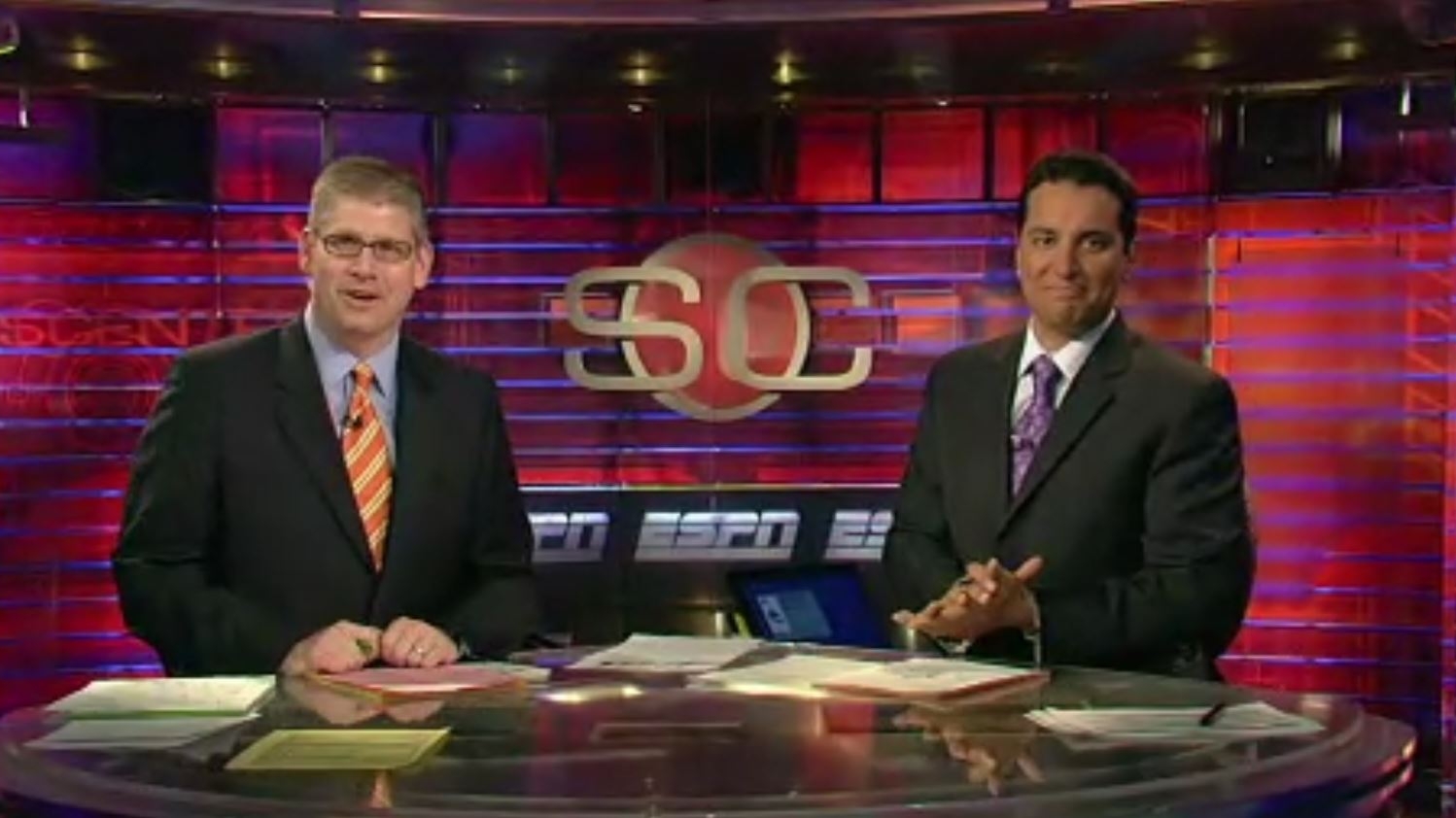Is the Disney-YouTube TV Battle the First in a New Kind of Distribution War, Or the Last in an Old One?
The Disney-YouTube TV dispute may settle – just like a hundred carriage fights in the past – on the brink of blackout. Or it could mark one of the first battles in the next generation of TV distribution

We’re getting down to the final hours of a looming deadline before Disney removes many of its networks from one of the most successful skinny bundles out there, YouTube TV.

Will the two sides resolve the fight and keep 18 Disney networks – including ABC, the Disney Channel and ESPN – among the vMVPD’s offerings? Or will Disney make like HBO Max with Amazon, take the short-term hit to audience metrics, and claw back those consumers with a direct relationship to its own competing virtual MVPD?
The carriage battle comes just days after Google finally settled another long-running dispute, with Roku, over terms for support of YouTube and YouTube TV on Roku’s platform. That was a big deal all by itself, given that YouTube is the second most popular connected TV app next to Netflix.
It feels like we’re not quite at the place where Disney takes its toys and walks away, perhaps making the content a more exclusive part of Hulu Plus Live TV, which its built-in streaming bundle of Disney Plus, ESPN Plus and Hulu. But that teeter is tottering, and may move to the other side soon.
On the one hand, Google’s fights with Roku and Disney have that whiff of nostalgia, a slightly modernized variant of the frequent battles over carriage and retransmission fees between pay-TV providers and their network providers. The question has always been who’s carrying who, and at what price?
But everything’s scrambled these days, and nothing illustrates it better than a company like Google, a massive tech company built on selling lots and lots of ads. Its YouTube division is a giant source of streaming programming, while YouTube TV is one of the two biggest skinny bundles, alongside Hulu Plus Live TV. And the Google TV/Android TV streaming video platforms deliver all kinds of video programming on pucks, dongles, and TVs from OEMs such as Sony.
That array of interests within a single company further complicates getting deals done, especially with other companies that are crucial partners in some areas and competitors in others. Seemingly everyone’s a content provider, a bundle operator and a distribution platform, at the same time.
The smarter way to stay on top of the streaming and OTT industry. Sign up below.
“The battle for control of the consumer is going to get worse before it gets better,” said David Baron, a long-time studio executive straddling digital and traditional TV with Paramount and Fox.
Baron recently became CEO of Scener, a co-viewing app trying to bridge the fractured profusion of streaming networks so friends can jointly watch and talk about shows wherever they run. The increasingly Balkanized video ecosystem means consumers are getting left behind while companies maneuver for advantage and market share.
“The MVPD land, say what you will about it, was simple; every single MVPD had every single channel,” Baron said. “Now you don't have that anymore. With live TV, people are just trying to figure out how the dust is going to settle on that.”
The concern for consumers is that media companies will increasingly concentrate their programming assets within the outlets that they control. Should, for example, Disney continue to license all its networks to YouTube TV when it might be able to shift viewers to Hulu Plus Live TV, which now comes with its ESPN Plus and Disney Plus services built in (after a $5/month price hike).
Google, in prepping YouTube TV customers for the possible Disney departures, this week said it would cut its subscription prices $15 a month (i.e., roughly what it costs to get Disney’s streaming bundle of Hulu, Disney Plus and ESPN Plus). If you’re a consumer, that might count as a win, particularly if you don’t care about sports and other differentiating channels on YouTube TV.
As it is, Baron suggested half the TV dial doesn’t need to be shoehorned into a live and linear format, as happens on MVPDs, v and otherwise.
“There’s no reason Discovery wants to be a live, linear channel,” Baron said. “You could do that (reality TV programming) without having to through (the traditional distribution process). I think the live experience has a lot of shaking out to do. How am I going to make it easier?”
Scener, which has yet to go through even a Series A fundraising round, may not be the ultimate answer to that question, but it does make life easier for vexed consumers to jointly watch live content, and unlike all the streamers now, talk about it in a social way.
Scener has had some notable wins over the past 18 months, fueled by locked-down fans trying to connect with each other. The company helped stage large live virtual events for 2020’s San Diego Comic-Con and Alamo Drafthouse’s Fantastic Fest, along with a Zack Snyder-led premiere party for the online debut of his recut of Warner Bros.’ Justice League.
Snyder, who interacted with 30,000 fans on Scener before and during his film’s four-hour unspooling, represents an even bigger unbundling happening right now, as creators talk directly with fans rather than being mediated by distributors of their films and TV shows. The same cut-out-the-middleman experience is happening, on a larger scale, with musicians and even book authors.
But even video, the ultimate collaborative art, is facing shifts far beyond the grappling between YouTube TV and Disney.
Among the notables joining Scener’s advisory board in recent weeks is filmmaker J.J. Abrams, along with former WME music chief Marc Geiger and Tinder founder Sean Rad. Abrams said he already plans to host multiple watch parties for his ardent fan base, sharing streams and conversations that may not focus strictly on his own TV shows and movies.
As media companies continue to bicker and pull back their content from partly competing outlets, fans likely will grow even more frustrated trying to find their favorite shows, as well as places to talk about those shows before, during and afterward.
Media companies, their various networks, bundles and platforms are in danger of forgetting how to take care of their fans as they sort out who gets what shows and networks where.
The Disney-YouTube TV dispute may settle – just like a hundred carriage fights in the past – on the brink of blackout. Or it could mark one of the first battles in the next generation of TV distribution.
David Bloom of Words & Deeds Media is a Santa Monica, Calif.-based writer, podcaster, and consultant focused on the transformative collision of technology, media and entertainment. Bloom is a senior contributor to numerous publications, and producer/host of the Bloom in Tech podcast. He has taught digital media at USC School of Cinematic Arts, and guest lectures regularly at numerous other universities. Bloom formerly worked for Variety, Deadline, Red Herring, and the Los Angeles Daily News, among other publications; was VP of corporate communications at MGM; and was associate dean and chief communications officer at the USC Marshall School of Business. Bloom graduated with honors from the University of Missouri School of Journalism.

